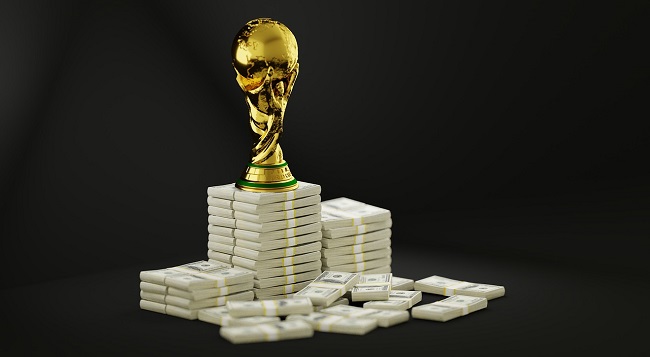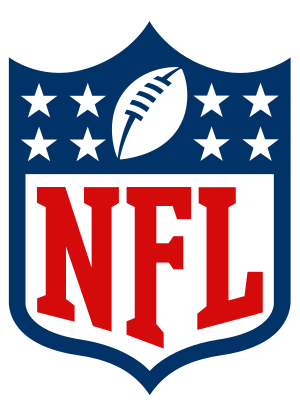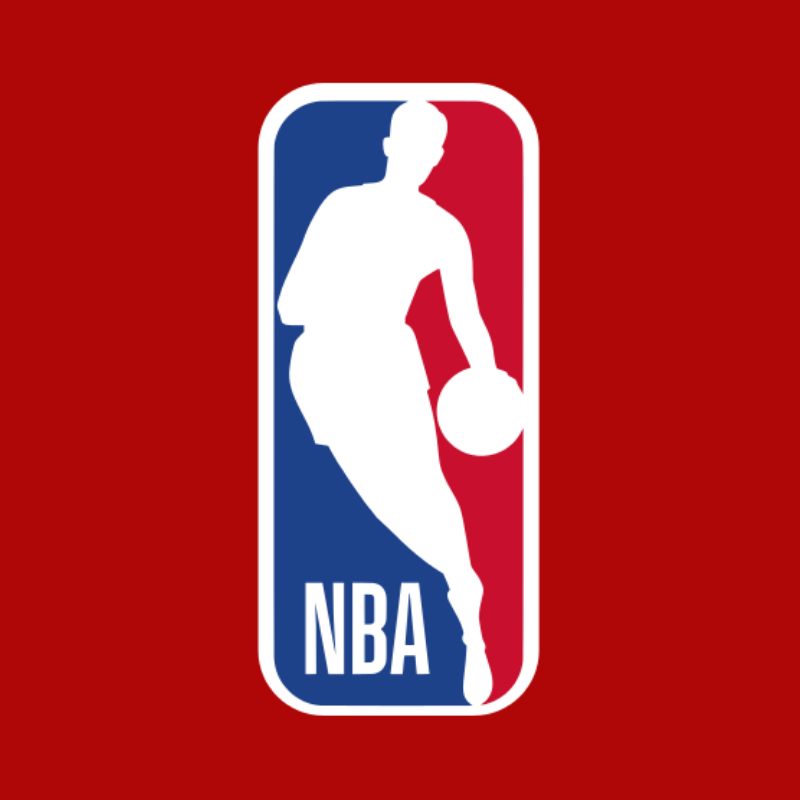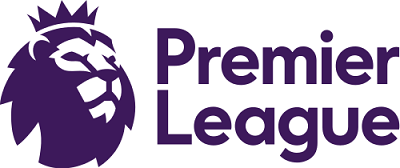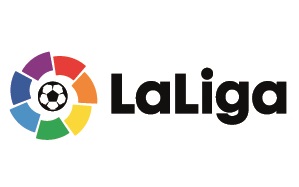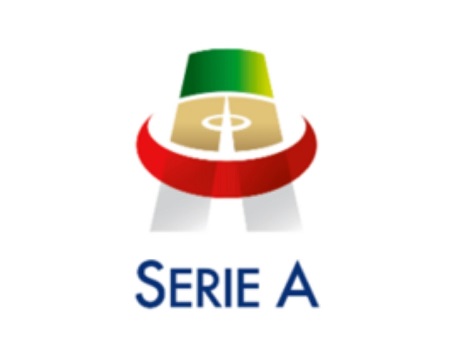
When looking at leagues across Europe, the financial might of the English Premier League is impressive. However, while the Premier League itself is rich, the clubs that play within it are pushing themselves to financial breaking point. In Germany, measures taken by the Bundesliga over recent years have created a financial model that benefits the league and its clubs.
Perhaps we can look at the two leagues like this:
The Premier League made 5.2 billion euros in revenue during 2018, making it the fourth richest sports league in the world. It’s paid the most in TV rights and is the most watched sports league in the world. Some clubs are growing rich in the Premier League, but below in the Football League clubs are at the financial limit. Even top Premier League clubs have banked their success on huge debt.
The Bundesliga cannot match the TV rights or revenue of the Premier League. However, the recent 2019 DFL Economic Report shows the league recorded revenue of 4.42 billion euros in 2018. Less than the Premier League, but still impressive considering the differences in global reach. This relatively small league (ranked fourth most prestigious in Europe) is the sixth richest sports league in the world. Serie A and La Liga may be more prestigious, but they cannot compete with the Bundesliga financially.
In its annual DFL Economic Report (for the 2017/2018 season), the organization says the Bundesliga and Bundesliga 2 increased revenue by around 10 percent compared to 2016/2017. This is no one off success as it is the fourteenth consecutive year of revenue growth.
Bundesliga is the top-flight league and managed to pull in €3.81 billion during last season. 17 out of its 19 clubs boasted revenue that passed €100 million. It’s a similar story of success in the Bundesliga 2, where the 18 clubs surpassed revenue of €600 million for the third consecutive year.
50+1 Rule
A big part of the financial success of German football over the last 15 years as been the 50+1 rule. This clause in the regulations of the Bundesliga states that a club must own at least 51% of its business to be allowed into the league. It is designed to allow club members to retain control of operations and protect themselves from external investors.
While the Bundesliga has built its success on growth based on the 50+1 rule, the English Premier League went another route. The league is far more open to external investment and outright ownership. In fact, only six of the twenty clubs are outright owned by British owners. Foreign ownership in of itself is not the problem, but the investment from outside sources potentially could be.
An example is Manchester City. Since being bought by the kingdom of Abu Dhabi, the club has received billions of pounds in investment. While the infrastructure is lasting no matter what happens, if City’s rich owners decided to leave one day, the club’s wage bill would likely be crippling. Man City is far from the only English club in this situation.
English clubs are content to gamble their finances on success, and admittedly it is a strategy that has worked so far. However, compared to the steadier German model, it feels like a bubble that could one day burst.
